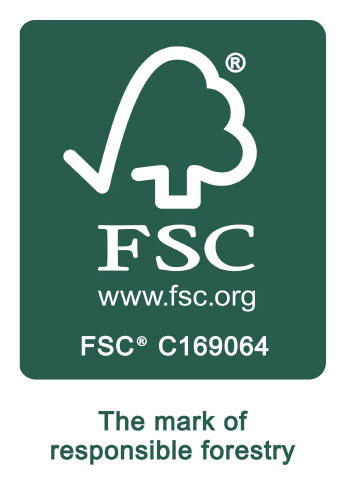By law, every e-commerce customer has the right to return goods and receive a refund within 14 days. The option of ‘free returns’ is also a factor that influences purchasing decisions, so many online shops offer this service. These processes protect the consumer but have led to a trend that is damaging to both retailers and the environment.
In this article, we explore the impact of e-commerce returns and some steps that retailers can take to reduce the volume of returns received.
The E-commerce Returns Trend
Through lockdown, more people than ever have shopped online. When decisions are made based on thumbnail images and brief descriptions, it is difficult to know which colour, size or model matches their requirements. Therefore, the vast majority of online shoppers have returned unwanted or faulty items.
The volume of returned items is considerably higher online than when purchases are made instore. With the offer of free returns, the easy option is to order multiple products, even though the intention is only to keep one or two.
Retailers know that it is vital to provide a good service and keep customers happy, so what’s the problem?
The Environmental Impact of E-commerce Returns
We recently read a shocking article on the BBC Earth website. It stated that only around a fifth of returned goods are faulty or damaged. The rest could re-enter stock and be sold to another customer.
The issue is that many e-commerce businesses do not have sufficient resources or systems to sort returns. With storage space at a premium, the easy option is to either sell the goods to a discount retailer or discard the items. Yes, that means that every year, billions of perfectly good returned products end up in landfill.
Now, factor in the resources used to make those items and the product packaging. Consider the emissions created in shipping them to the customer and shipping them back to the retailer. At the end of this, they just add to the mountain of waste that we create. Once again, our drive for convenience is having a detrimental environmental impact.
The Financial Impact on E-commerce Returns
In addition to environmental damage, the cost of producing and shipping goods, only for them to be returned and refunded is huge.
Each step of the process demands time and money and when as much as 50% of your stock is returned, it eats into profits and impacts cash flow. If the returns process isn’t handled efficiently, there is a real risk that the customer will not buy from that brand again and their feedback can have wider implications on a retailer’s reputation.
So, a returns policy is a legal requirement that protects consumer rights, but current practices are not sustainable. How can this be addressed?
1. Provide Specific Product Descriptions
Provide as much information as possible in your product descriptions. This includes multiple images that are a true reflection of the product and its colour. Aim to show details as well as the whole item. Add measurements, materials and other information that you know customers are looking for.
Include genuine customer reviews which provide helpful feedback on whether or not the product matched their expectations. Consider creating product demonstration videos or tools which allow customers to compare two products online. These will help buyers to filter the options.
2. Revisit Packaging Design
Bespoke packaging that is designed to optimise the protection of goods plays a vital role in reducing the risk that goods will be damaged in transit.
Aylesbury Box Company offers packaging design, manufacture and print services; creating sustainable cardboard e-commerce packaging for online retailers. We can tear strips and glue strips to shipping boxes or envelopes to promote packaging reuse. This is one small way to reduce the waste and cost of returns.
Contact us on 01296 436888 or enquiries@abcbox.co.uk to discuss your requirements.
3. Establish Efficient Returns Processes
Knowing the environmental and financial costs should drive all retailers to invest in efficient returns processes. If this cannot be handled in-house, a fulfilment company may be equipped to receive and process returns on your behalf.
4. Donate, don’t Dump
For any goods that cannot be returned to stock establish ways to sell stock to discount stores. Alternatively, donate to charity shops or clothes banks and make a difference to those in need.
5. Inform Customers
Many customers will be unaware that their multiple purchases and returns approach is doing any real damage. They will assume that goods head back onto the shelf for resale. Be honest with your customers about your processes. If they are informed, they may alter their habits.
Information could be included in your returns policy and on your packaging. If you decide not to offer free returns, explain why. If you are renowned as an ethical and sustainable supplier, who has attracted like-minded customers, this may be a positive step.
In summary, e-commerce returns are the cause of environmental and financial damage. As a retailer, you cannot change the law, but you can make changes to reduce the impact. It’s time for change.
